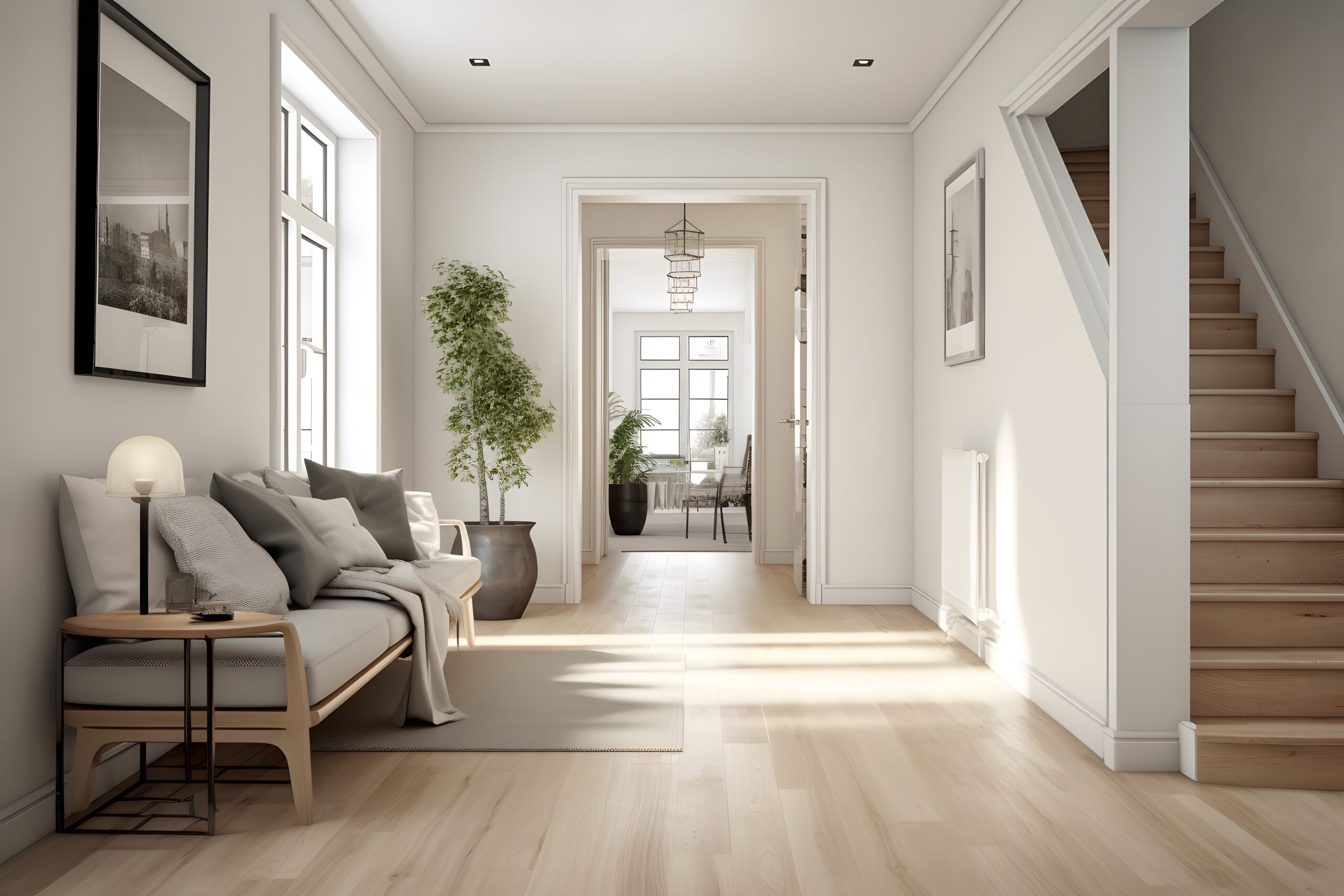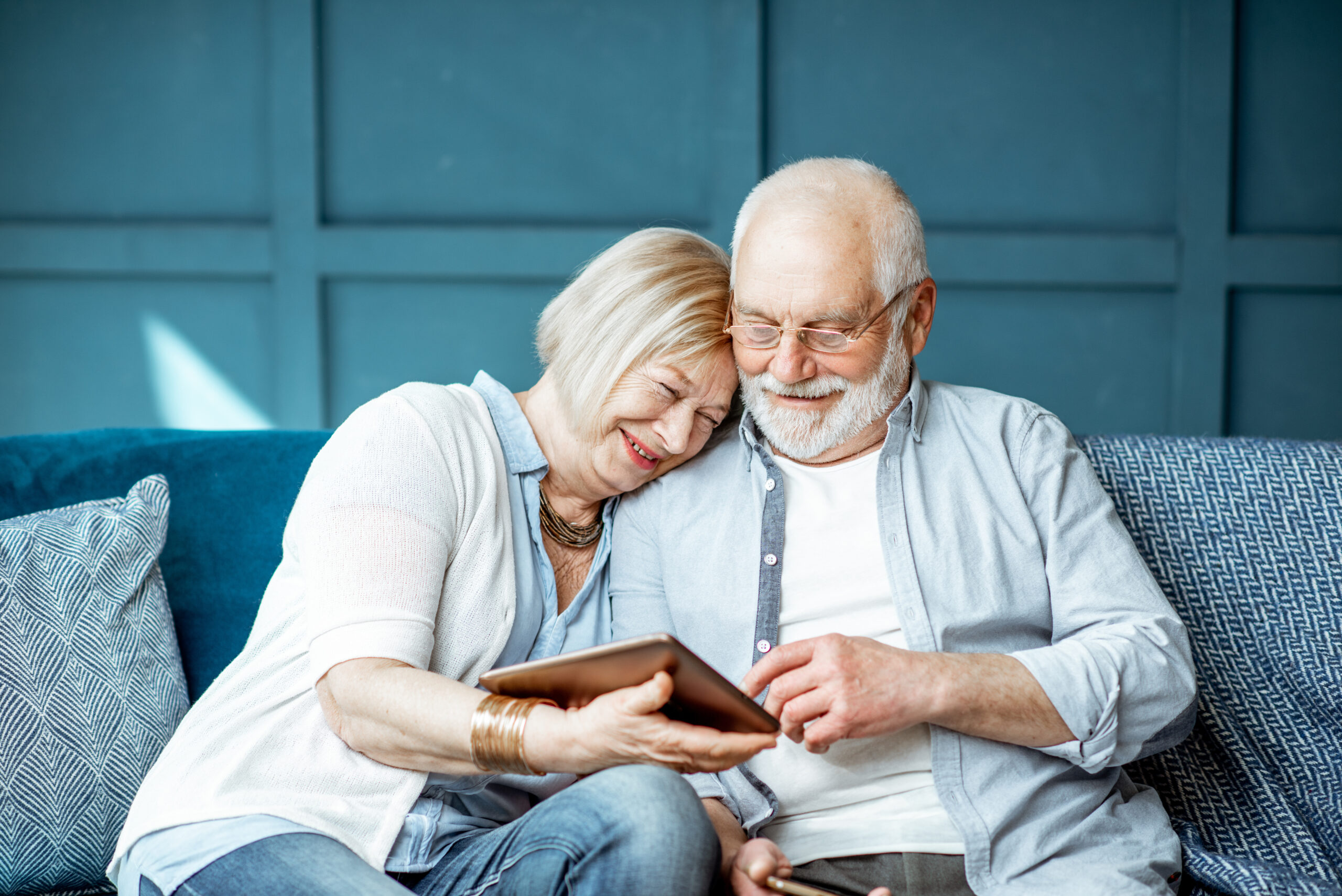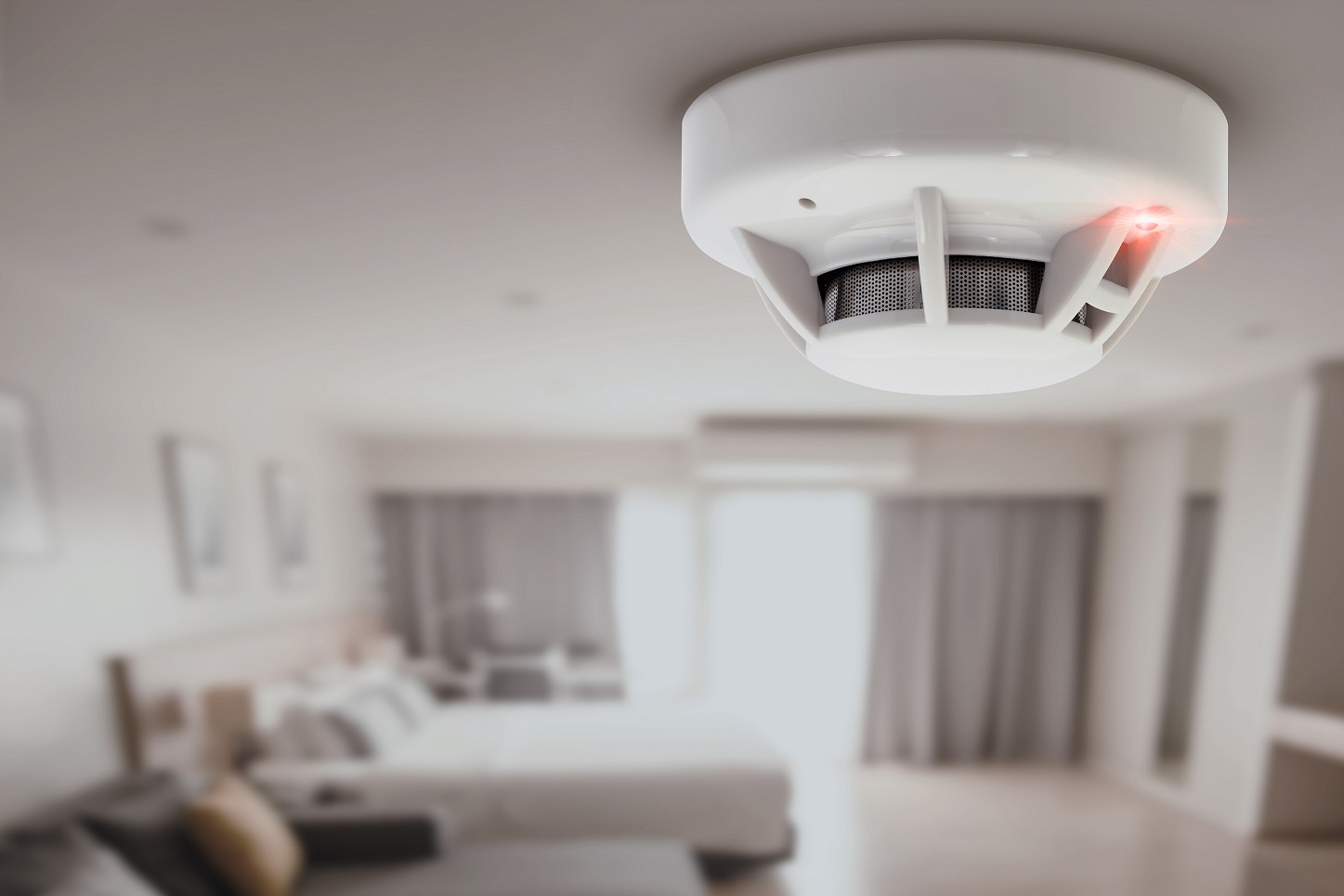Everyone should ensure fire safety
Every day, the fire department is called to an average of eight homes, and in around one third of the cases, using the hob unsupervised is the cause of the alarm. The majority of fires at home can be prevented with attentiveness and by following appliances’ instructions for use.
Most of the fires in homes are related to the use of electronics. Electronics are safe as long as they are not left on unsupervised, and you follow the instructions for use. Defective electronics must be decommissioned or serviced. Do not charge devices unsupervised overnight, for instance. Unsupervised use of the hob is the main fire safety risk at home. One in three house fires is caused by an unsupervised hob or leaving flammable material on top of the hob.
Detect fire on time – keep your smoke detectors in working order. Replace the batteries of smoke alarms once a year, for example, on the fire alarm day on 1 December or your first day at the cottage in the spring.
Fires can be prevented
Open flames require constant surveillance. Extinguish any candles when you leave the room. The fireplace also needs to be watched. Also keep matches out of the reach of children. Intoxicated people are more predisposed to fire-related accidents, and surviving the fire will also be more difficult. Minimise the use of fire and all heated objects when under the influence. You should not smoke on the couch or in the bed.
It is not a good idea to store large quantities of unnecessary items at home. Items will exacerbate the situation in the event of fire and may make it more difficult to leave for safety. Storing flammable substances in apartment-specific storage spaces is completely prohibited. Storing them in apartments and garages is restricted.
Fire alarms will detect a starting fire. There must be at least one fire alarm for each beginning 60 square metres in every floor of the apartment. The smartest course of action is to place a smoke detector in each bedroom and the hallway. The location of the fire alarm is in the middle of the ceiling more than half a metre from walls, corners and roof beams. It is not a good idea to install smoke detectors in the kitchen, in the bathroom or near the fireplace to avoid false alarms. It is also important to ensure the sufficiency and functionality of smoke detectors in secondary residences. Fire alarms will only work if the battery is charged. It is advisable to replace fire alarms every 5 to 10 years.
Extinguish, limit and save yourself
You usually have only two to three minutes to save yourself from fire. At best, the fire department will arrive to the scene within six minutes of the emergency call; usually it takes considerably longer. Pay attention to the chances of the elderly and physically or mentally ill people to survive a fire.
The chances of surviving a fire and preventing damage are better if you make a plan in the case of fire in advance.
It is a good idea to create a rescue plan at home and indicate the different routes for escaping the building. It is also a good idea to learn first extinguishing skills. Get a first extinguishing device, like a fire blanket or portable fire extinguisher, and learn how to use it. If something catches fire, try to extinguish it if you can do so without endangering yourself. If you cannot extinguish the fire, limit it by closing the doors when leaving for safety. Save those in danger.
Do not enter a smoke-filled stairway
Apartment blocks are constructed in a way that prevents the fire from spreading easily from one apartment to another. If there is a fire in your own apartment, get out along the stairs and close the doors behind you. Never enter a smoke-filled stairway. If there is smoke in the stairway, stay in your own apartment, close the front door and block any gaps in the door if necessary to prevent smoke from entering your apartment. Call the emergency number 112 and wait for rescuers on the balcony or by an open window.
An emergency access road is a road that allows emergency vehicles to get close enough to the building in an emergency. Do not park cars, pile snow, place light poles, plantings or anything else obstructing traffic on the emergency access road.
How to reduce the risk of fire at home
- Do not leave your hob or oven unattended or store any flammable material on top of the hob.
- Use the dishwasher and washing machine only when you are at home.
- Follow electronic devices’ instructions for use and maintenance instructions.
- Do not charge electronics unsupervised, for example overnight.
- Always supervise burning candles and fireplaces.
- Do not dry laundry in the same room with the sauna stove.
- Do not smoke in bed or on the couch.
- Make sure that you have enough smoke detectors installed at home and that they work.
- Make first extinguishing equipment easily accessible and learn how to use them.
Read more
-

Home Safety
Each year, over 300,000 accidents occur in homes. Even small actions can improve home safety and prevent accidents. It is also a good idea to have a first aid kit in every home.
-

Safety Checklists
Home, cabin, and child safety can be improved with small changes. Using safety checklists, you can assess how safe your environment is. You can also share the results of the tests on social media.
Related links
Can you use the information on this page?
Give Feedback
With this form you can give us feedback.

